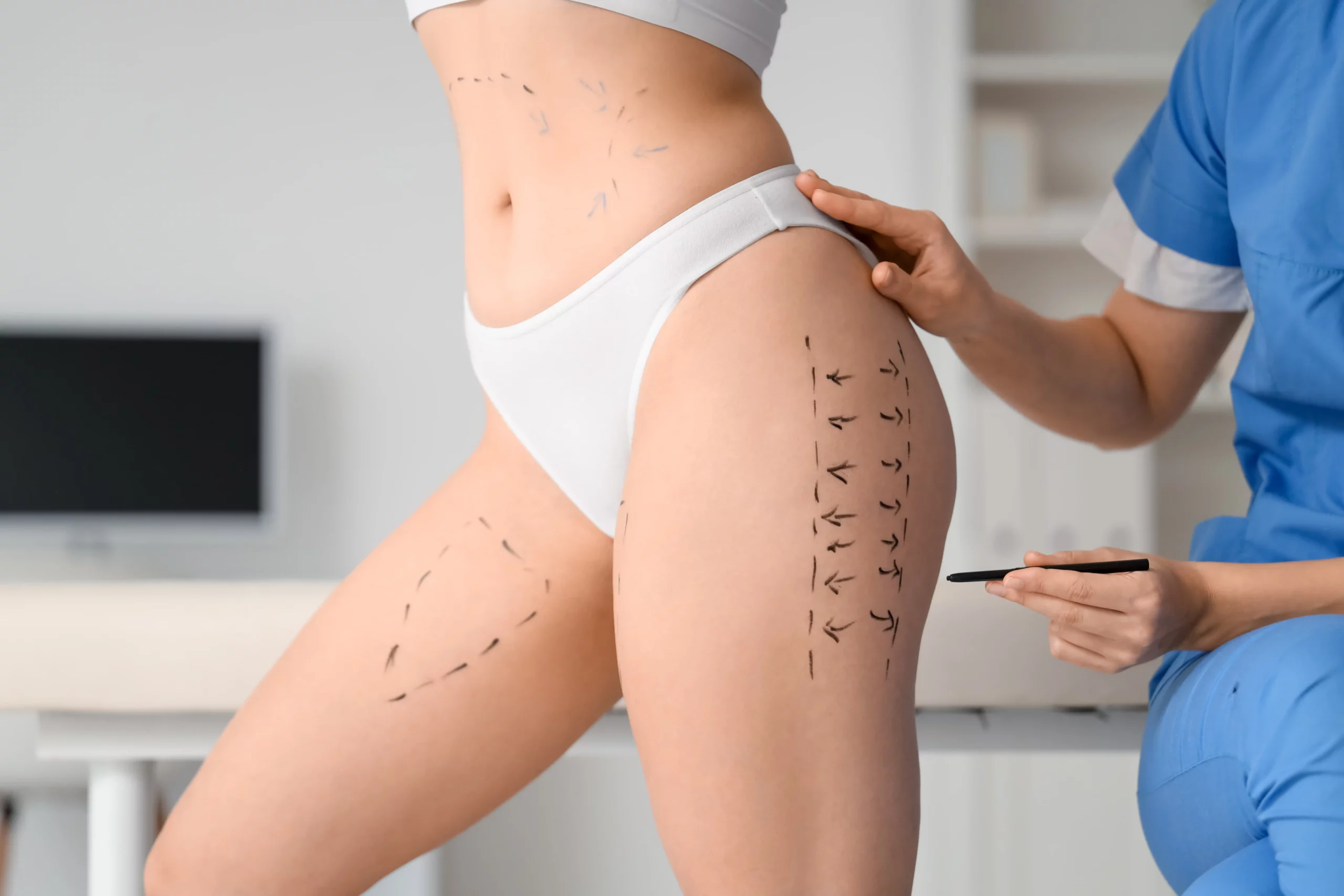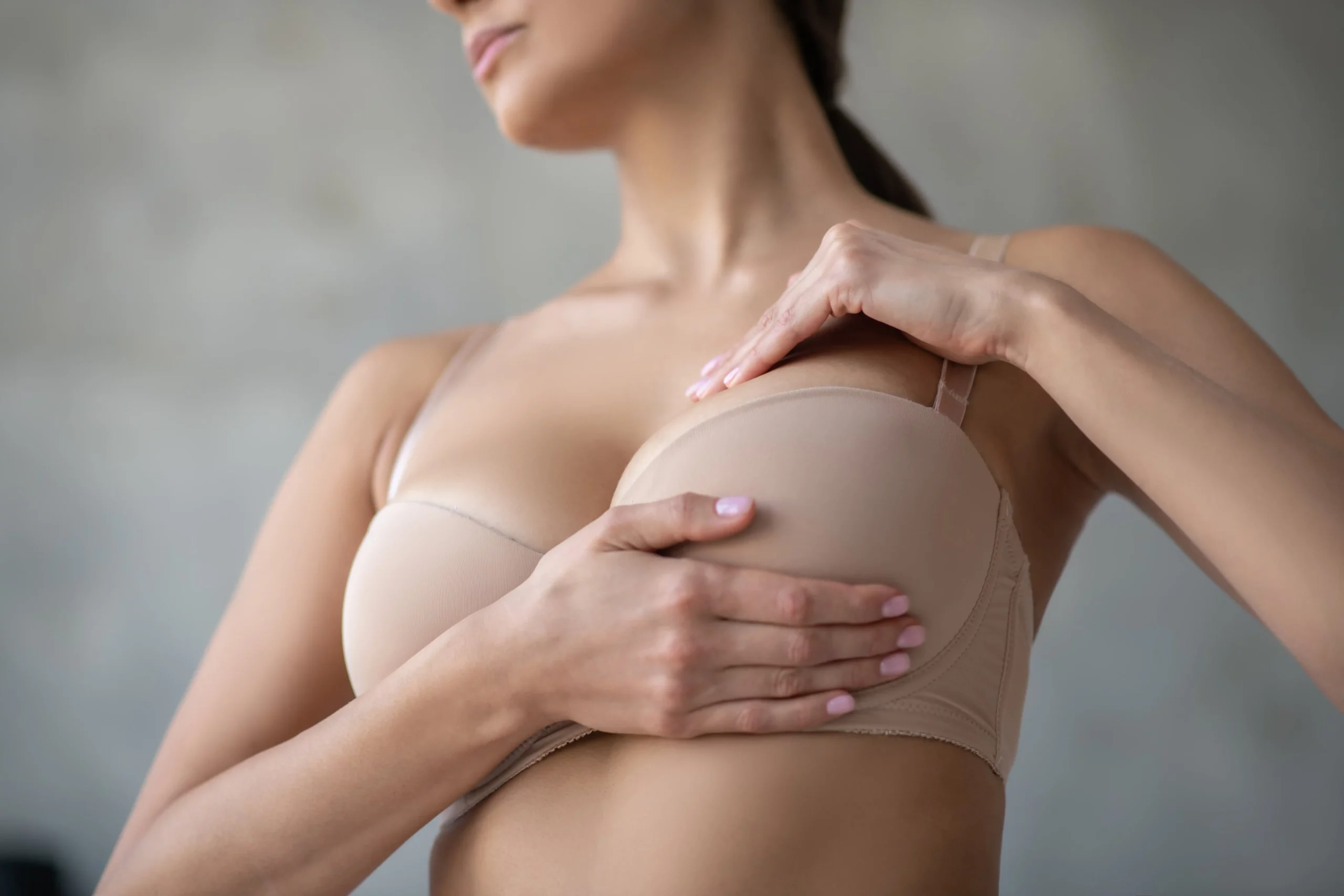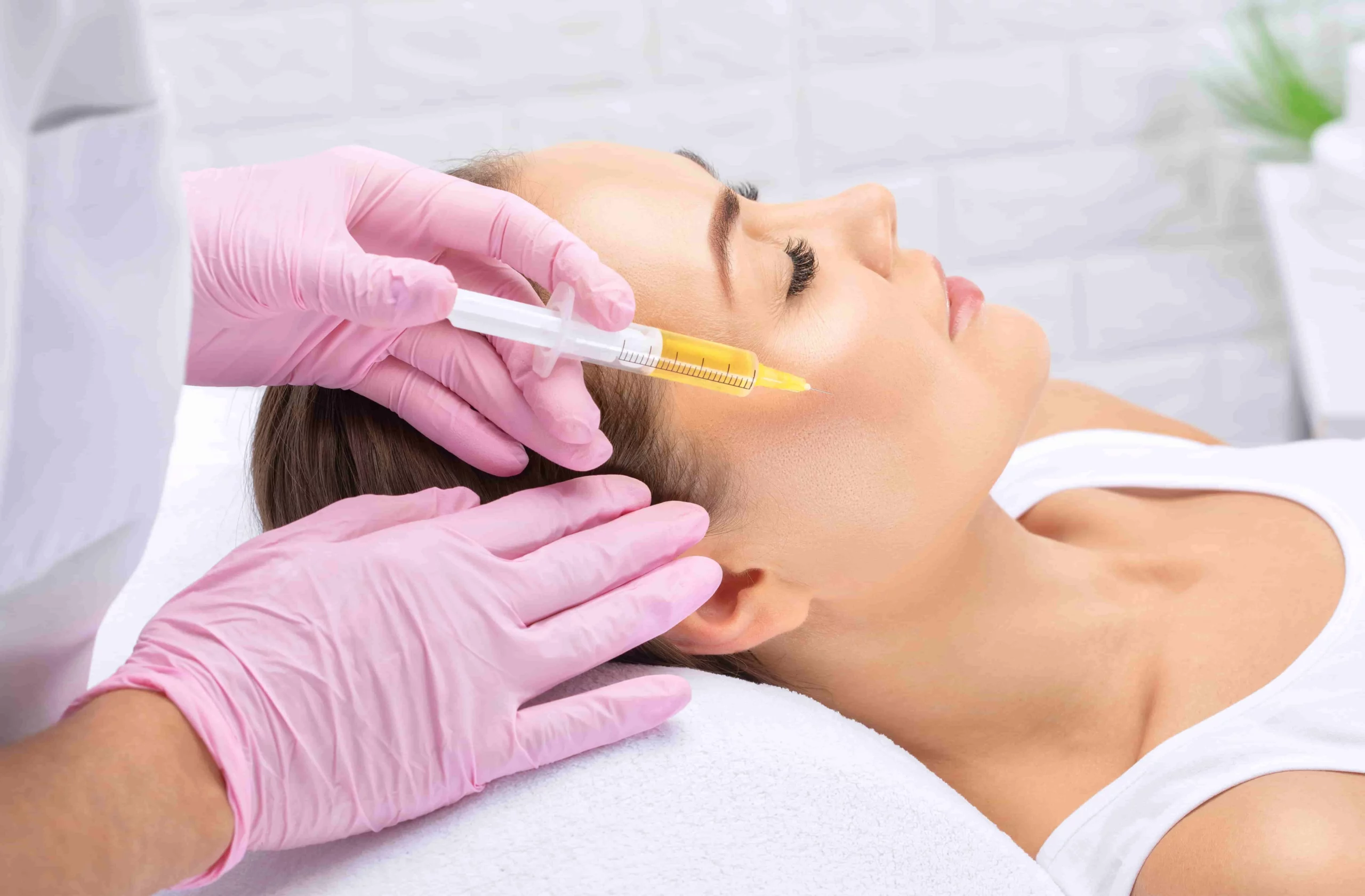When you think about enhancing your body shape or rejuvenating facial features, the first options that might come to mind are synthetic implants, fillers, or invasive surgeries. But what if you could achieve fuller contours, restore lost volume, and correct asymmetries—all with your body’s own natural resources?
Dr. Leonard Grossman, M.D., provides this advanced treatment. Fat transfer, also known as fat grafting, is a simple idea: using your own fat to add shape, fullness, or smoothness wherever you need it. This procedure takes fat from one spot you don’t want it and moves it to a place you do. It’s a great option if you’re after a more natural look, with very little scarring and results that can last for years or even permanently.
In this guide, we’ll walk you through how fat transfer works, who’s a good candidate, and what you can expect if you’re thinking about giving it a try.
What Is Fat Transfer?
Fat transfer is a process where fat is gently harvested from one area of your body—like the abdomen, thighs, or flanks—and carefully injected into another area needing volume or definition. The technique is often described as “organic plastic surgery,” because it uses your own living tissue rather than synthetic materials.
How It Works:
- Harvesting: Fat is removed from a donor site via liposuction using a small cannula to minimize trauma.
- Purification: The harvested fat undergoes processing to remove impurities such as excess fluid, oils, and damaged cells.
- Injection: The purified fat is precisely layered into the target area. This step requires meticulous technique to ensure smooth contours and maximize fat survival.
Because the body recognizes this transferred fat as its own, the results feel and look incredibly natural.
Popular Treatment Areas
Fat transfer is incredibly versatile. While many people associate it with facial rejuvenation, it can be used to enhance or correct a variety of body areas.
Here are some of the most common applications:
- Breast Enhancement: Subtle increases in breast volume and improved symmetry without implants.
- Buttock Augmentation: A fuller, lifted shape using natural fat rather than synthetic fillers or silicone.
- Facial Rejuvenation: Restores youthful contours to the cheeks, temples, and under-eye areas while smoothing wrinkles.
- Hand Rejuvenation: Fills out thinning skin on the backs of the hands for a softer, more youthful look.
- Calf Contouring: Adds volume and corrects asymmetries for improved lower leg shape.
- Pectoral and Muscle Enhancement: Subtle definition of muscle groups such as the pectoralis, biceps, or triceps.
The adaptability of fat transfer makes it a compelling option for patients who want comprehensive improvements without multiple types of implants or fillers.
What Makes Fat Transfer Different?
Unlike many surgical procedures that rely on artificial implants, fat transfer uses your own tissue, leading to benefits you simply won’t get with traditional methods:
- Natural-Looking Results: Because the transferred fat integrates seamlessly with surrounding tissues, there’s no risk of a “fake” or overly firm look.
- Minimal Scarring: Small cannulas are used to harvest and inject fat, leaving tiny entry points that are virtually imperceptible once healed.
- Stem Cell Integration: The process retains fat-derived stem cells, which can improve skin quality, promote healing, and extend the longevity of your results.
- Low Risk of Rejection: Since the material is from your own body, there’s no chance of allergic reaction, rejection, or capsular contracture.
Ideal Candidates for Fat Transfer
Fat transfer is a highly customizable procedure, but it’s not the perfect fit for everyone. The ideal candidate typically:
- Has sufficient fat reserves in donor areas (abdomen, thighs, flanks).
- Maintains a stable body weight.
- Is in good overall health without uncontrolled medical conditions.
- Does not smoke, or is willing to stop prior to and after the procedure to optimize healing.
- Has realistic expectations about natural-looking results rather than extreme transformations.
Whether you’re hoping to restore youthful facial contours, enhance body proportions, or correct areas affected by trauma or previous surgeries, fat transfer can be tailored to your goals.
What to Expect: The Fat Transfer Procedure
Understanding each step of the process can help you feel more confident and prepared.
1. Consultation & Planning
Your journey begins with a comprehensive consultation. During this time, your medical history, goals, and expectations will be discussed. The donor areas and target sites will be evaluated to create a personalized surgical plan.
A detailed set of pre-procedure instructions will also be provided, including dietary guidance and recommendations for maintaining optimal health before surgery.
2. Harvesting Fat
On the day of your procedure, the donor areas are carefully marked. Using a small, blunt-tipped cannula, fat is gently removed through liposuction. This approach minimizes tissue trauma and helps ensure the highest percentage of fat survival.
3. Purification
Once harvested, the fat is processed to separate out impurities like blood, water, and damaged cells. Only the healthiest fat cells and stem cells remain. This careful preparation helps maximize volume retention and smooth integration into the target area.
4. Injection
Purified fat is then layered into the recipient site in small, controlled amounts. This step is crucial: precise placement allows the fat to connect to surrounding tissues and blood supply, ensuring the most natural look and feel.
Depending on the size and number of areas treated, the entire procedure typically takes between 1–2 hours.
Recovery and Aftercare
One of the most appealing aspects of fat transfer is the relatively easy recovery compared to implant-based surgery.
Key points about recovery:
- No Compression Garments: Unlike some procedures, fat transfer does not require uncomfortable support garments.
- Minimal Downtime: Most patients can resume daily activities within a few days and return to work within a week.
- Mild Discomfort: Tenderness and swelling are normal but generally mild. Over-the-counter pain relief is often sufficient.
- Quick Healing: Small cannula entry points heal quickly and usually don’t require stitches.
- Activity Restrictions: Strenuous exercise should be avoided for about 10 days to allow the fat cells to stabilize.
Following post-operative instructions carefully is essential to protect the grafted fat and support healthy healing.
How Long Do Results Last?
A common question about fat transfer is whether the results are permanent. The answer is yes—fat grafting provides permanent enhancement. Unlike dermal fillers, which are gradually broken down and absorbed by the body over time, the fat used in a transfer becomes integrated into your natural tissue. It doesn’t dissolve or wear off.
While a small percentage of the fat may be reabsorbed during healing, advanced techniques can ensure high retention rates. Once the grafted fat establishes a blood supply, it remains permanently in place—providing stable, lifelong volume in the treated areas.
Maintaining a consistent weight and healthy lifestyle will help preserve your results for as long as possible.
Is Fat Transfer Safe?
Fat transfer is considered very safe when performed by a qualified, experienced plastic surgeon. Because no foreign materials are introduced, risks of rejection, allergy, or implant-related complications are eliminated.
Some potential risks include:
- Temporary swelling or bruising.
- Minor asymmetry during healing.
- Fat reabsorption requires occasional touch-ups.
Choosing a reputable practice with a strong track record in fat grafting significantly reduces the chances of complications and optimizes your outcome.
Ready to Explore Natural Contouring?
If you’ve been considering subtle, natural-looking enhancements without the risks of implants or fillers, fat transfer may be the ideal solution. With the combination of advanced techniques, meticulous planning, and the use of your body’s own fat, this approach offers a safe and lasting way to achieve your goals.
Interested in learning more? A personalized assessment is the first step toward understanding whether fat transfer is right for you. Take the next step in your transformation with fat transfer treatment.
In New York, Dr. Leonard Grossman, M.D. offers fat transfer procedures with a focus on safety, natural results, and patient comfort. If you’re closer to Brooklyn, you can also find his office location here. Stay connected and explore real patient results by following Dr. Grossman on Instagram and Facebook.




